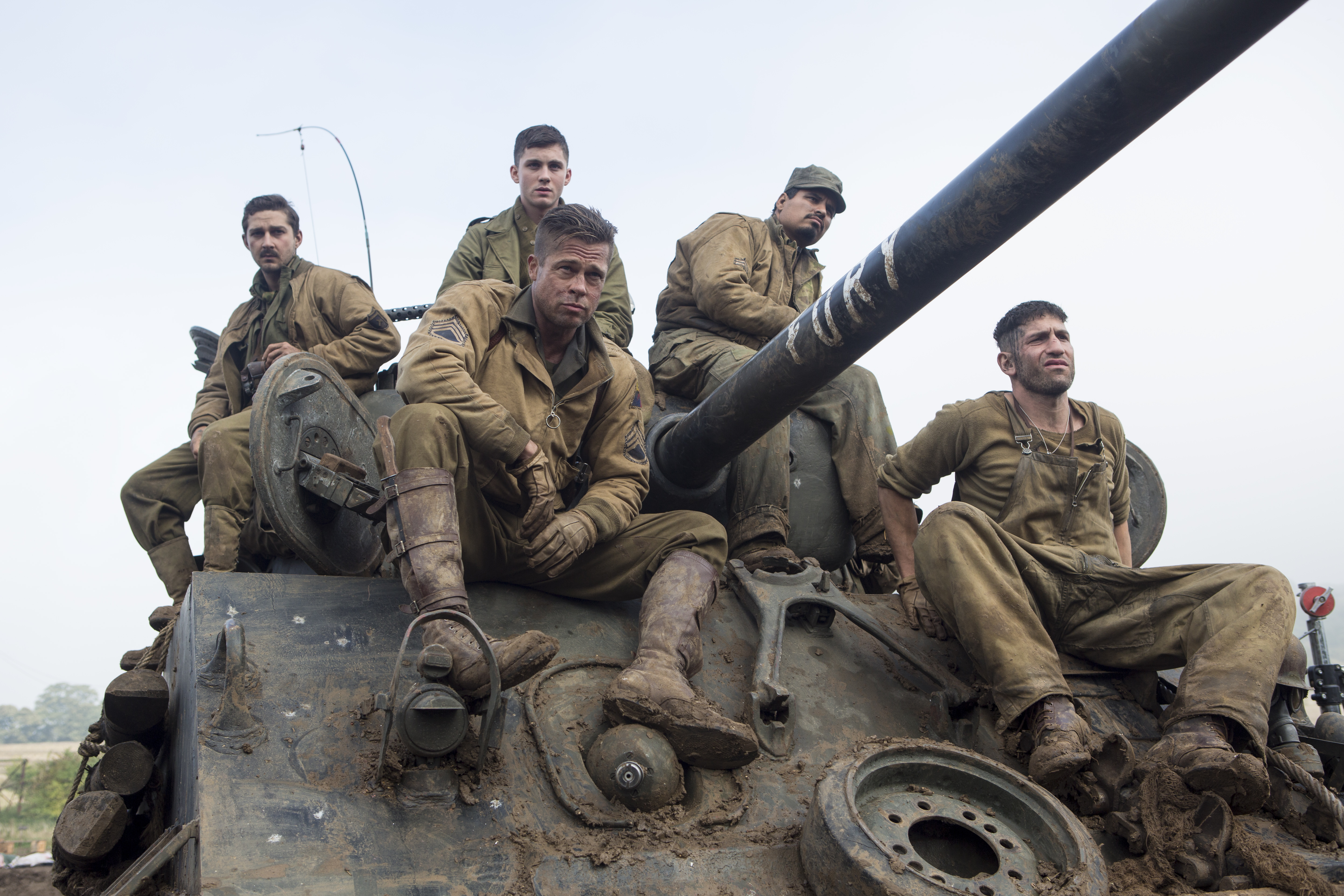Last year, the Russian Army showed the world a brand new tank at the parade celebrating the Russian victory in World War 2.
The new tank, the Armata T-14, represents a real advance in tank technology. Russia plans to build more than 2,000 of these new tanks for its Army over the next five years.
Designing and building new tanks means Russia plans to make tanks central to its battle plans in the future, differing sharply from U.S. and other western armies which are slowly removing armor from their war plans.
From 1976 to 1979 when I served as a tank commander in the U.S. Army in Europe, we trained to fight an overwhelming invasion by Soviet forces who vastly outnumbered us. The war never happened, but we believed it would. And we prepared for a desperate fight. If you want to know what that war might have looked like, read Red Storm Rising by Tom Clancy.
Our tanks were better, but they had a lot more tanks. Almost everything we knew about our tanks and the Soviet tanks in battle we learned from reports of the 1973 Arab-Israeli War or Yom Kippur War.
One of those reports gave a breakdown of casualties by position in the tank:
- Tank Commander 60%, mostly hideous face and neck wounds.
- Gunner 20%, the gunner was the aiming point both sides used when they fired armor piercing rounds at enemy tanks.
- Loader 15%
- Driver 5%
Another way to break down those figures: 95% in the turret, 5% in the hull.
The T-14 has a fully remote-controlled turret and sighting system. The three crewmen are in the hull of the tank. Enemy tanks will, of course, aim for the hull, but it is easier to protect the hull than the turret. Also, tanks seek places where they can hide the hull behind earth and walls and just expose the turret to fire. These hull defilade positions as we called them will protect the crew while allowing the guns to fire.
The two main uses for tanks in modern warfare are to:
- Fight other tanks.
- Break though enemy lines and attack their supply lines.
By upgrading their tank force, the Russians are signaling they expect to be fighting an armored war, or they plan to use armor to punch a hole in enemy defenses and send an armored force to wreak havoc with supply lines.
Either way, they are expecting to fight in a place where they can transport large numbers of tanks easily. That means along their own borders or in neighboring countries. Sending tanks across oceans is slow and expensive, even for America. The Russians clearly expect to fight in a place where trucks and trains can carry their tanks close to the battle.
In the next post, I will talk more about the specifications of the Armata T-14 and compare it to the U.S. Army's M-1 Abrams tank.








































